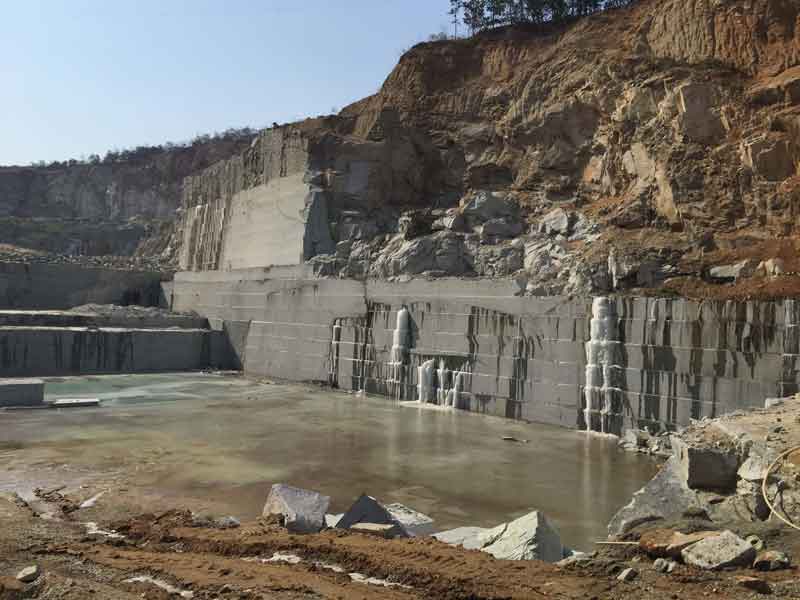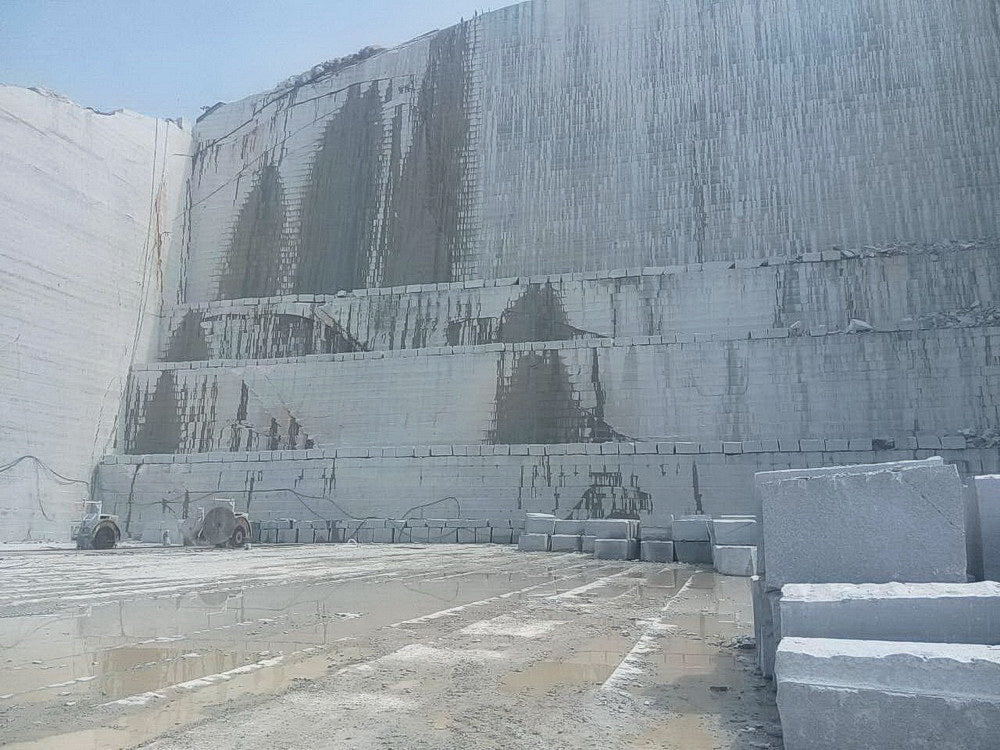Uncovering the Appeal of Granite Quarry in South Africa Wonders
Uncovering the Appeal of Granite Quarry in South Africa Wonders
Blog Article
Discovering the Rich History and Sustainable Practices of Granite Quarrying
As we stand on the precipice of revealing the complex tapestry of granite quarrying, a journey via time reveals not simply the physical act of removing stone yet likewise the cultural and historic relevance woven right into the very textile of this method. From the old origins that laid the structure for modern quarrying methods to the lasting techniques that are forming the future of this industry, each carve mark on granite surfaces informs a story waiting to be discovered (granite quarries in south africa). The legacy of granite quarrying extends much beyond simple removal; it is a testimony to human ingenuity, strength, and the enduring allure of this impressive stone
Ancient Origins of Granite Quarrying
Dating back to ancient worlds, the practice of quarrying granite has been an integral part of human history and building innovation. The earliest evidence of granite quarrying go back to ancient Egypt, where enormous pyramids and intricate sculptures were crafted from this sturdy rock. The Egyptians used primitive tools to extract granite blocks from quarries, showcasing the significance of this product in their huge constructions.
Progressing in history, the Greeks additionally made considerable payments to the quarrying of granite. The Greeks used granite in different building marvels, such as temples and statuaries, showing their ability in shaping and carving this durable rock. The Romans better fine-tuned the strategies of quarrying granite, utilizing innovative devices like blades and hammers to remove and shape granite for their renowned structures.
With the centuries, the technique of quarrying granite has actually evolved, with contemporary innovations enhancing performance while preserving the timeless charm of this all-natural rock - granite quarries in south africa. From ancient worlds to contemporary builders, the heritage of granite quarrying proceeds to shape our globe
Development of Quarrying Techniques
The evolution of quarrying techniques has been noted by a continuous development in the direction of higher performance and accuracy in removing granite. From the basic techniques employed by our forefathers to the advanced technologies used in modern quarrying procedures, the sector has actually undertaken considerable advancements. Early quarrying methods included hand-operated labor with fundamental tools such as knives, hammers, and wedges to remove granite blocks from the earth. As worlds proceeded, methods like fire-setting and primitive explosives were presented to help with the removal procedure.
Developments in computer-controlled devices and 3D modeling have actually optimized quarrying procedures, leading to very little ecological impact and enhanced sustainability practices. As the demand for granite continues to rise, the development of quarrying strategies stays essential to conference market requires effectively and sustainably.
Cultural Significance of Granite
Granite holds a profound social significance across different people because of its long-lasting presence in architectural work of arts and prized monoliths. From the stunning pyramids of Egypt to the detailed makings of the Angkor Wat temple in Cambodia, granite has been a material of option for expressing magnificence and longevity in social heritage. In ancient Rome, granite columns embellished holy places and public buildings, representing toughness and permanence. The social significance of granite prolongs beyond its physical attributes; it personifies durability, stability, and eternity, making it an icon of sustaining legacies and traditions.

Sustainable Practices in Quarrying
Amidst the rich history of granite quarrying and its cultural significance lies a growing focus on sustainable methods within the market. As environmental understanding and problems concerning resource depletion have increased worldwide, the quarrying market has progressively accepted sustainable techniques to decrease its effect on the atmosphere and surrounding neighborhoods.

Additionally, recovery and rehabilitation of quarry sites post-extraction are essential to lasting techniques. By restoring quarried locations to an all-natural or valuable state, such as developing wildlife environments or recreational areas, quarriers can counter the environmental impact of their procedures and add favorably to the local ecological community.
Heritage of Granite Quarrying
With a historical background steeped in workmanship and commercial progress, what enduring effect has granite quarrying left on the landscape of modern society? The legacy of granite quarrying transcends mere extraction methods; it has shaped architectural wonders, city landscapes, and cultural heritage worldwide. The durable nature of granite has actually made it a recommended selection for monuments, buildings, and infrastructure, standing as a testament to the skill and artistry of quarry workers throughout generations.
Moreover, the financial footprint of granite quarrying can not be neglected. The sector remains to give employment chances and drive regional economic situations in regions where granite extraction prevails. It has also stimulated technological innovations in quarrying methods and tools, bring about a lot more reliable and sustainable techniques.
In regards to sustainability, the legacy of granite quarrying consists of initiatives to reduce ecological effects through recovery projects and liable resource administration. By stabilizing economic interests with ecological stewardship, the industry aims to make sure that future generations can continue to gain from this enduring natural deposit.
Conclusion

Report this page